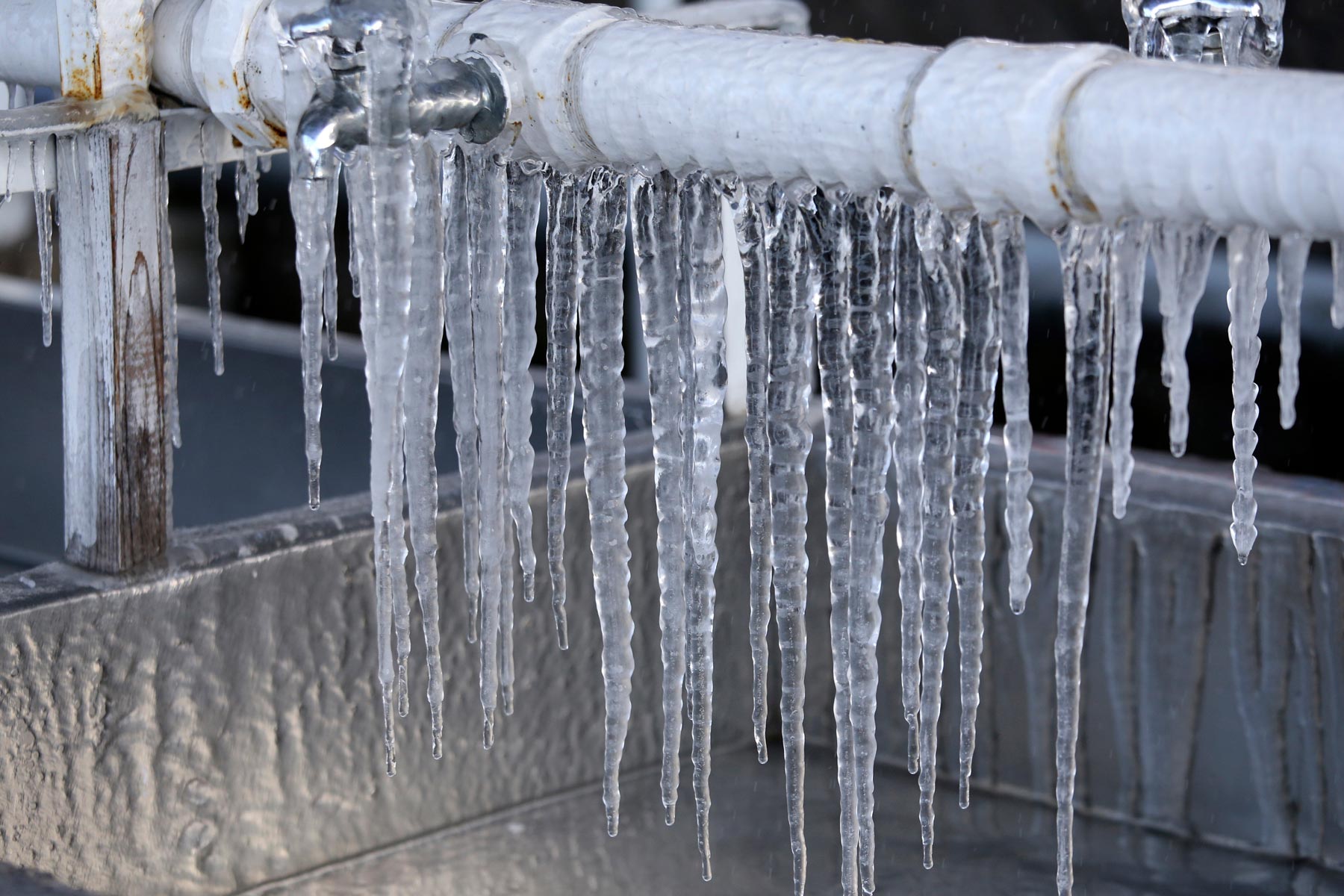Protecting Against Frozen Pipes: Best Methods for Winter
Protecting Against Frozen Pipes: Best Methods for Winter
Blog Article
Are you in search of facts involving Helpful Tips to Prevent Frozen Pipes this Winter?

Cold weather can damage your plumbing, particularly by freezing pipes. Right here's exactly how to avoid it from happening and what to do if it does.
Introduction
As temperatures decrease, the risk of frozen pipes increases, potentially causing expensive repair work and water damage. Understanding just how to avoid icy pipelines is crucial for house owners in chilly climates.
Understanding Icy Pipes
What creates pipes to ice up?
Pipelines ice up when subjected to temperature levels below 32 ° F (0 ° C) for expanded periods. As water inside the pipelines freezes, it increases, putting pressure on the pipeline walls and possibly causing them to rupture.
Risks and problems
Frozen pipes can lead to water supply interruptions, property damages, and expensive repair work. Burst pipes can flood homes and create extensive architectural damages.
Signs of Frozen Pipeline
Identifying icy pipelines early can avoid them from rupturing.
How to determine icy pipes
Search for lowered water flow from taps, unusual odors or noises from pipelines, and visible frost on exposed pipes.
Prevention Tips
Insulating at risk pipes
Cover pipelines in insulation sleeves or utilize warm tape to protect them from freezing temperature levels. Focus on pipes in unheated or exterior areas of the home.
Home heating strategies
Maintain indoor areas effectively heated up, particularly locations with pipes. Open up cupboard doors to allow cozy air to distribute around pipelines under sinks.
Safeguarding Exterior Pipes
Yard tubes and outdoor faucets
Separate and drain yard hose pipes prior to winter season. Install frost-proof faucets or cover exterior faucets with protected caps.
What to Do If Your Pipelines Freeze
Immediate activities to take
If you believe icy pipes, maintain faucets available to soothe stress as the ice melts. Make use of a hairdryer or towels taken in hot water to thaw pipelines gradually.
Long-Term Solutions
Structural modifications
Take into consideration rerouting pipes away from exterior walls or unheated areas. Add extra insulation to attics, basements, and crawl spaces.
Upgrading insulation
Purchase top notch insulation for pipes, attic rooms, and walls. Proper insulation aids preserve constant temperature levels and lowers the threat of icy pipes.
Verdict
Protecting against frozen pipelines needs proactive measures and quick feedbacks. By comprehending the causes, indicators, and preventive measures, property owners can shield their pipes throughout cold weather.
Helpful Tips to Prevent Frozen Pipes this Winter
UNDERSTANDING THE BASICS: WHY PIPES FREEZE AND WHY IT’S A PROBLEM
Water freezing inside pipes is common during the winter months, but understanding why pipes freeze, and the potential problems it can cause is crucial in preventing such incidents. This section will delve into the basics of why pipes freeze and the associated problems that may arise.
THE SCIENCE BEHIND FROZEN PIPES
When water reaches freezing temperatures, it undergoes a physical transformation and solidifies into ice. This expansion of water as it freezes is the primary reason pipes can burst. As the water inside the pipe freezes, it expands, creating immense pressure on the walls. If the pressure becomes too great, the pipe can crack or rupture, leading to leaks and water damage.
FACTORS THAT CONTRIBUTE TO PIPE FREEZING
Low Temperatures: Extremely cold weather, especially below freezing, increases the risk of pipes freezing. Uninsulated or Poorly Insulated Pipes: Pipes located in unheated areas, such as basements, crawl spaces, or attics, are more prone to freezing. Insufficient insulation or lack of insulation altogether exacerbates the problem. Exterior Wall Exposure: Pipes running along exterior walls are susceptible to freezing as they encounter colder temperatures outside. Lack of Heating or Temperature Regulation: Inadequate heating or inconsistent temperature control in your home can contribute to frozen pipes. PROBLEMS CAUSED BY FROZEN PIPES
- Pipe Bursting: As mentioned earlier, the expansion of water as it freezes can cause pipes to burst, resulting in significant water damage.
- Water Damage: When pipes burst, it can lead to flooding and water damage to your property, including walls, ceilings, flooring, and personal belongings.
- Structural Damage: Prolonged exposure to water from burst pipes can compromise the structural integrity of your home, leading to costly repairs.
- Mold and Mildew Growth: Excess moisture from water damage can create a favorable environment for mold and mildew growth, posing health risks to occupants.
- Disrupted Water Supply: Frozen pipes can also result in a complete or partial loss of water supply until the issue is resolved.
WHY CERTAIN PIPES ARE MORE PRONE TO FREEZING
- Location: Pipes located in unheated or poorly insulated areas, such as basements, crawl spaces, attics, or exterior walls, are at higher risk of freezing.
- Exterior Pipes: Outdoor pipes, such as those used for irrigation or exposed plumbing, are particularly vulnerable to freezing as they are directly exposed to the elements.
- Supply Lines: Pipes that carry water from the main water supply into your home, including the main water line, are critical to protect as freezing in these lines can affect your entire plumbing system.
- Underground Pipes: Pipes buried underground, such as those connected to sprinkler systems or outdoor faucets, can be susceptible to freezing if not properly insulated.
https://busybusy.com/blog/helpful-tips-to-prevent-frozen-pipes-this-winter/

Do you really like more info about How To Avoid Freezing Pipes? Put a remark below. We would be delighted to see your opinions about this posting. In hopes that you visit us again in the near future. If you enjoyed our post please make sure you remember to share it. Thanks for being here. Return soon.
Start Now Report this page